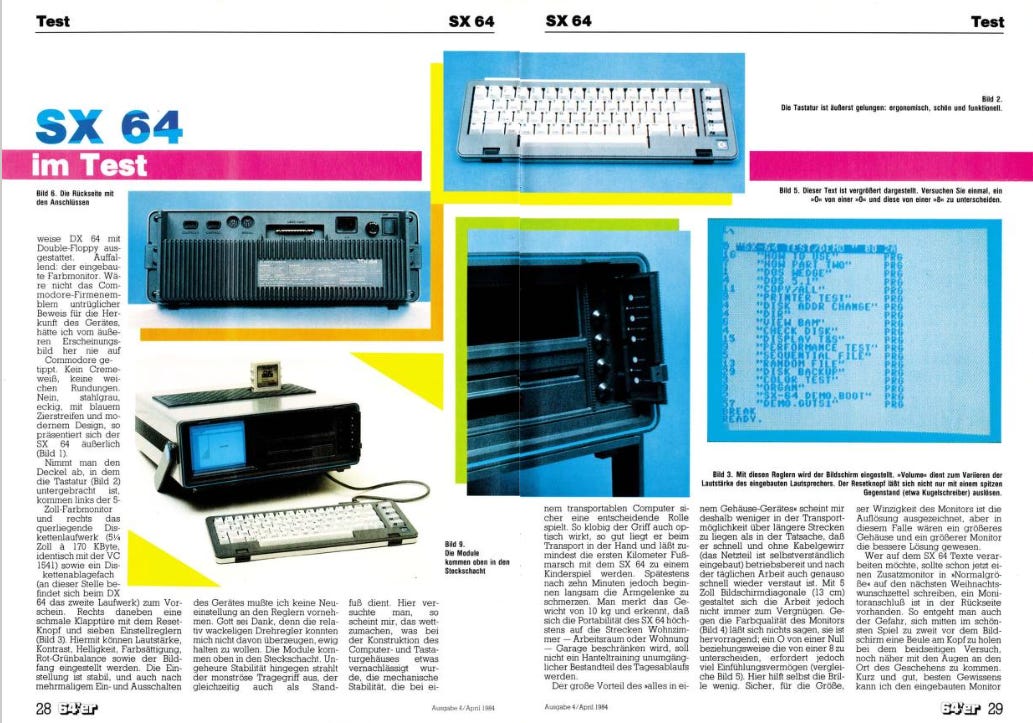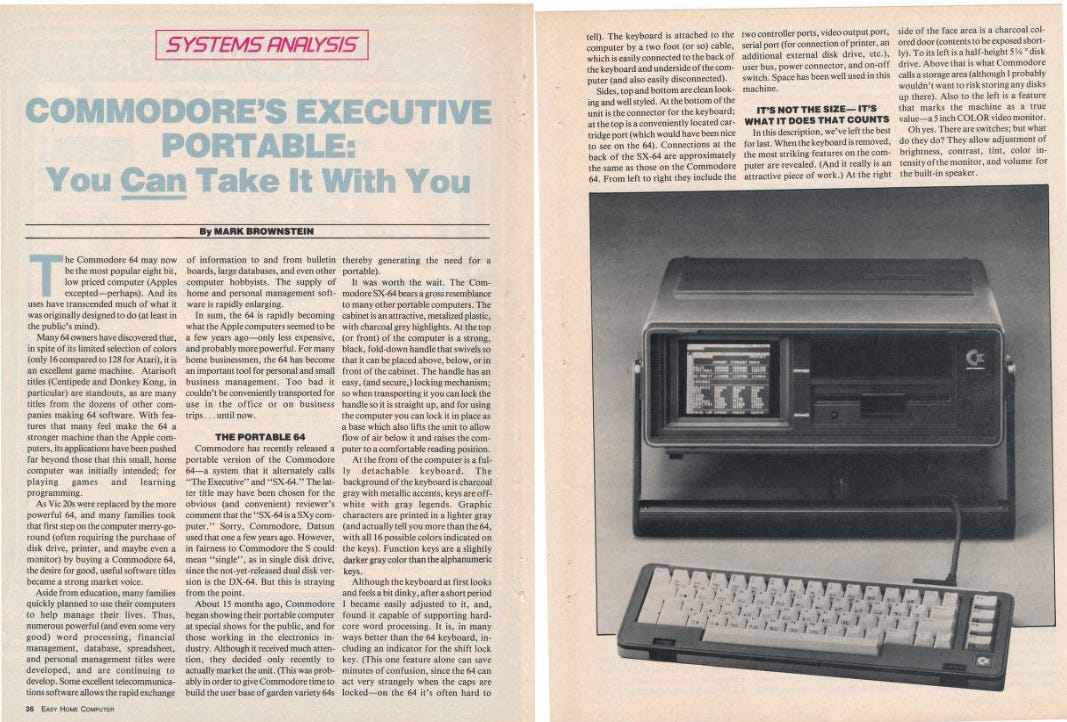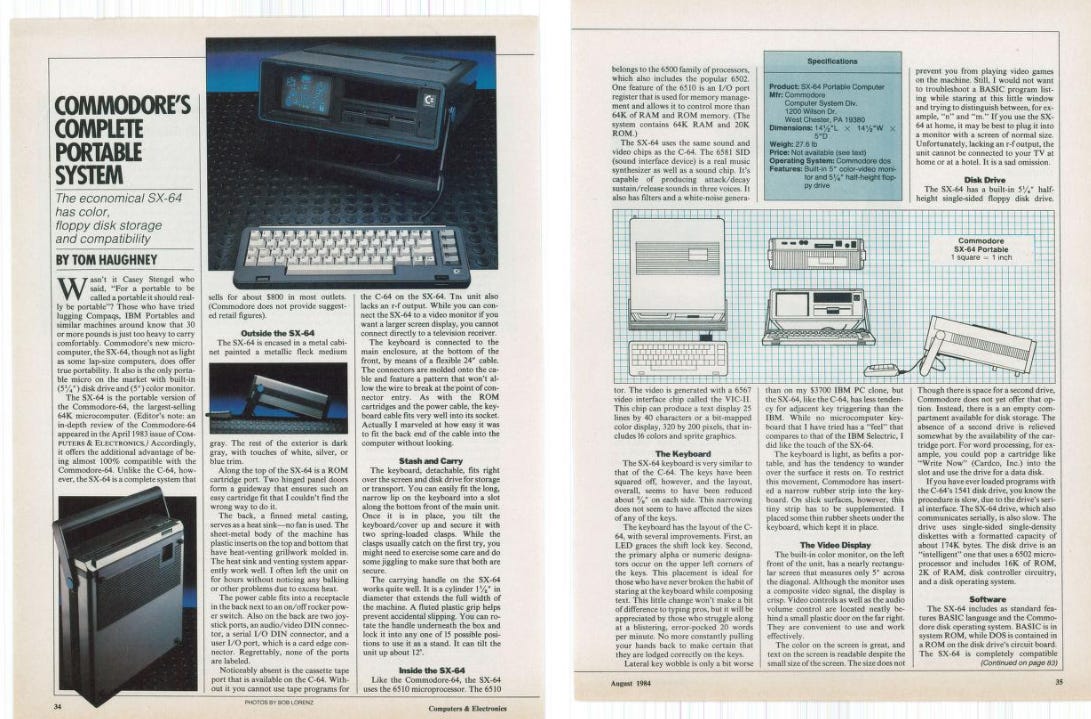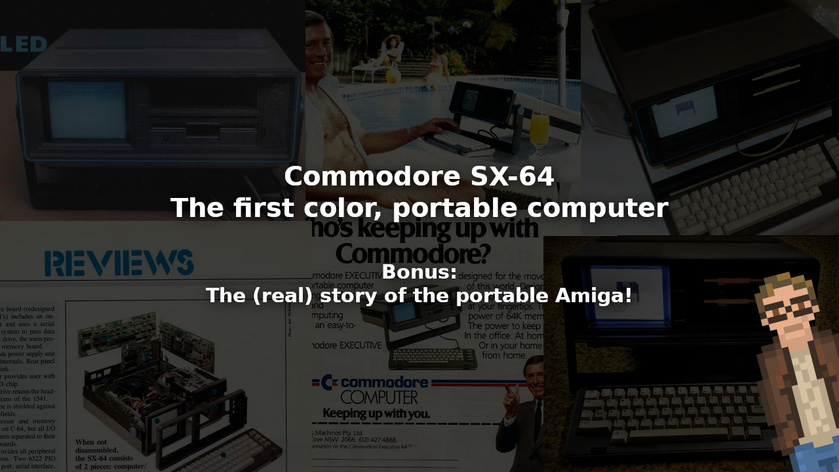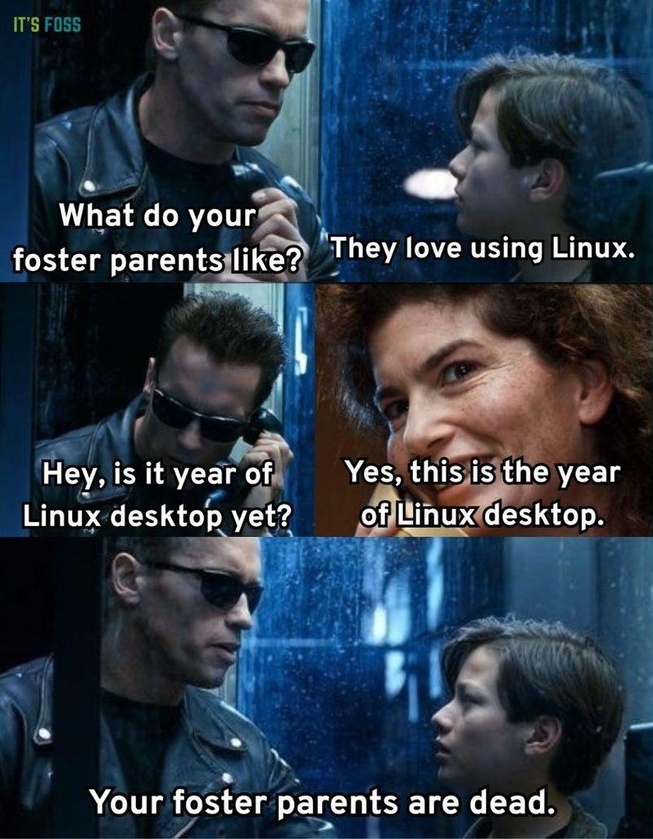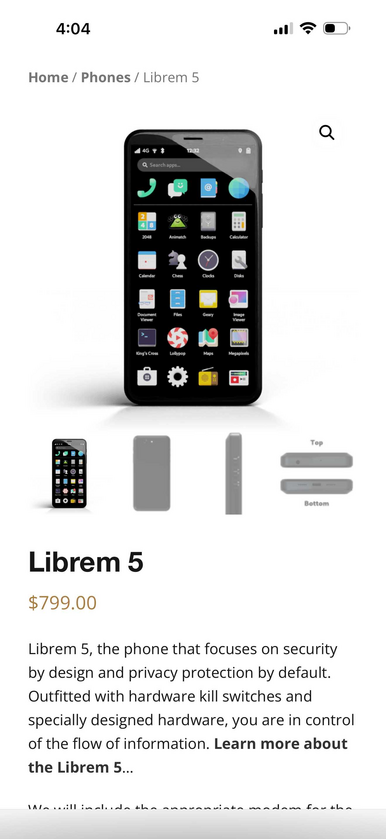In January of 1983, at the Consumer Electronics Show in Las Vegas, something amazing happened: The first, full color, portable computer was unveiled to the world.
The “Commodore Executive 64” was a truly amazing beast. A full powered Commodore 64 (itself released a mere 6 months earlier, in the summer of ‘82), in a completely portable form factor… including a color, 5 inch, CRT monitor.
It was an amazing machine that was, perhaps, quite a bit ahead of its time.
Plus — no joke — it laid the groundwork for a (fully functional) portable Amiga prototype at Commodore. Seriously. It’s real. We’ve got pictures and details.
But first… the story of the Commodore Executive (better known as the SX-64).
The Commodore Executive
Weighing in at a svelte 23 pounds — *cough* — the “Commodore Executive” was originally announced as a full line of “affordable” computers that would ship with a variety of options and models.
Some of those options included:
Up to two 5 1/4” floppy drives
Choice of monochrome or color CRT monitor
Battery for truly portable usage
During the first public demonstration — in January of ‘83 — the prototype model was named the “SX-100”. (No “SX-100” ever actually shipped.)
A full line of portable, affordable computers — in a variety of configurations — all compatible with the hugely popular Commodore 64? This was an absolute dream in 1983!
What could possibly go wrong!?
The SX-64
One year later, in January of 1984, the first “Commodore Executive 64” model was ready to ship. Dubbed the “SX-64”, it mostly lived up to the promise of what had been announced a year earlier.
It was a full Commodore 64. Full keyboard, full speed, full color monitor. No battery was included… as the unit already weighed a whopping 23 pounds. And, considering the battery technology of the early 1980s, adding that option would have taken the SX-64 up to a weight that would have made it nearly impossible to “lug” around.

The SX-64 also only shipped with a single 5 1/4” inch floppy drive… and no datassette port (used to connect a cassette player for loading programs off tape). This also posed some compatibility problems with a few printers of the time.
Remember how the “Executive” was originally demo’d with two floppy drives? Well, since the SX-64 only shipped with one drive… what did Commodore do with that extra empty space in the case? They turned it into a magnetically shielded floppy storage slot. You can then safely store a handful of floppies directly above the floppy drive itself. Not a bad idea, really.
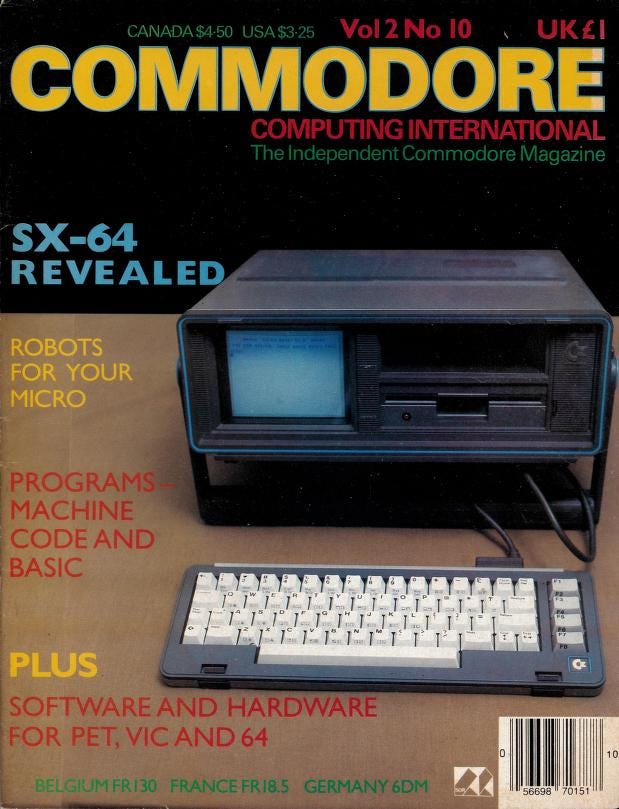
The initial production units also had just barely capable power supplies… meaning that some peripherals (like some RAM Expansion Units) could not work due to lack of power. (This is also one of the reasons that there was only a single floppy drive… there simply wasn’t enough power to handle two drives at once.)
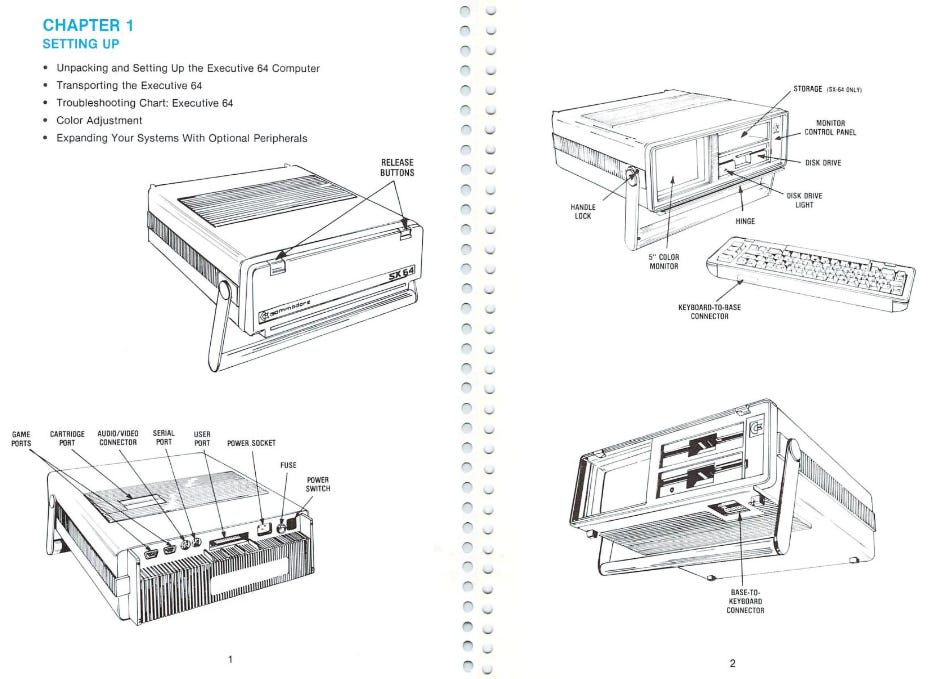
Finally, due to the small, 5 inch screen size… the decision was made to invert the default text colors on the SX-64 in order to make it easier to read on that size screen. This could result in some compatibility issues with C64 software that assumed the default colors were used. (Though these colors were changeable for SX-64 users.)
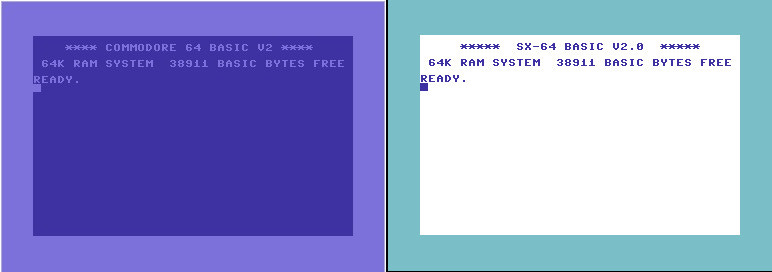
Outside of these issues, the SX-64 was a highly capable, and highly compatible, Commodore 64 computer.
The DX-64
The second announced computer in the “Commodore Executive” line was the DX-64.
Essentially, the DX-64 was going to be identical to the SX-64, with a few minor changes:
Beefed up power supply (fixing the issue with RAM Expansion Units, and other peripherals)
Adding a second 5 1/4” floppy drive
While the DX-64 engineering was completed — and, ultimately, a few units were produced — it was never shipped and sold in any known capacity.
There are some rumors of DX-64’s in the wild. However it is difficult to know which units are legitimate, “Commodore DX-64” machines… as there were a number of aftermarket modifications to the SX-64. Particularly in Germany.
Thus, the SX-64 was both the first — and last — of the mass produced Commodore Executive line.
The End of the SX-64
While reviews for the SX-64 were generally positive, the sales were… not great. To put it mildly.
Initially released at $995, the retail price was significantly higher than the C64. Add to that concerns about the 5 inch screen size, the 23 pound heft of the unit, and the generally bad marketing… and you’ve got a recipe for poor sales.
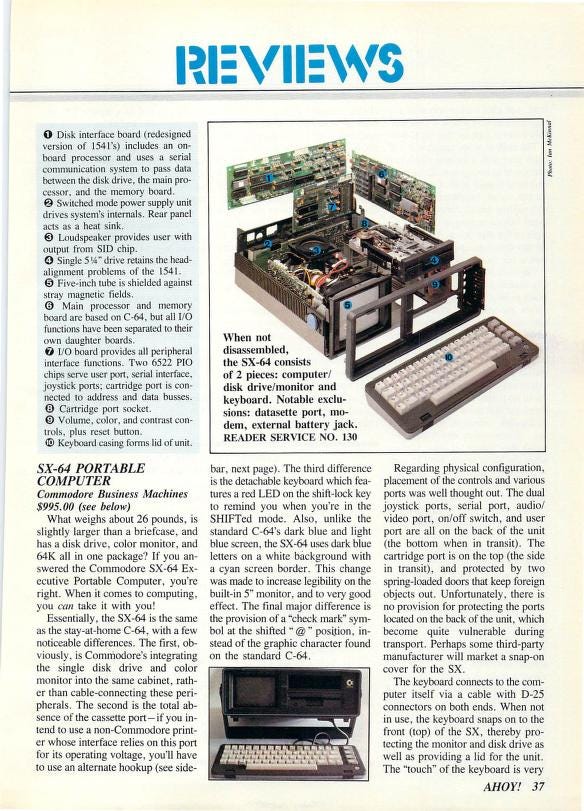
To make matters worse… many potential buyers were waiting for the release of the DX-64 model. They wanted that second floppy drive! Unfortunately, as we now know, the DX-64 was not meant to be. But, in 1984 and 1985, they didn’t know that. So computer buyers held off on buying the SX-64, thinking the better model was right around the corner.
How many SX-64’s actually sold? It’s hard to get exact numbers… the serial numbers for the units are not sequential and no sales numbers were released. But most estimates range between 8,000 and 10,000. Total.
Considering the standard Commodore 64 holds the Guinness World Record as “the best-selling single computer model of all time”… to say the SX-64 was a sales failure (by comparison) would be a wild understatement.
And, understandably, Commodore discontinued the SX-64 (and, with it, the dream of the “Executive” line) in 1986.
The Amiga SX-64?
Now… for a little side story.
If you like the Commodore Amiga… you’ll want to be sitting down for this one.
Did you know that Commodore built a prototype, portable Amiga based on the Commodore SX-64 case? It’s true. Behold!
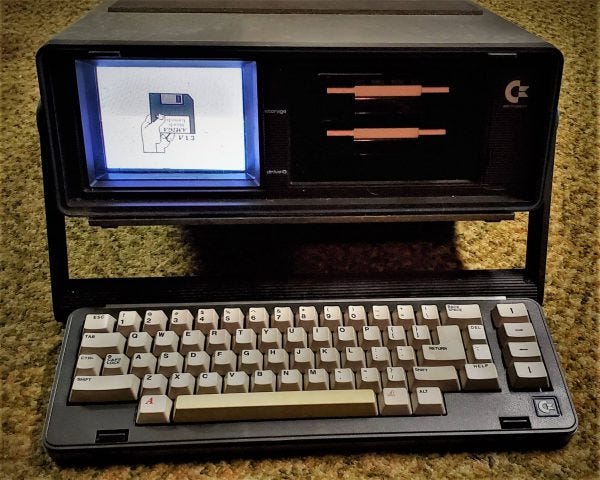
These units were, in essence, an Amiga 500 built into a Commodore Executive case… with a re-done, Amiga style keyboard, 3.5” floppy drives, and a mouse port.
Depending on which source you talk to, there were two code-names for these units: “The SX-500” (aka “An Amiga 500 in an SX-64 case”) or an “SX-52”.

These “Amiga’s in an SX case” were created, at Commodore, by Hedley Davis — who also worked on the Amiga 3000, and a high-res Amiga monitor, among other projects. Unfortunately the SX-500’s never saw the light of day… and exist now only as carefully guarded prototype units that pop up at museums and Amiga events every so often.

How many were built? A grand total of three are known of.
While this isn’t exactly the long-dreamed-of “Amiga Laptop” that so many have yearned for over the decades… it appears to be about as close as we ever got to a portable Amiga hitting production.
All thanks to the Commodore Executive and the SX-64.
Other coverage of the SX-64
Because looking at such things is darn fan, here is a small collection of reviews and articles about the SX-64 from back in 1984. Enjoy.
